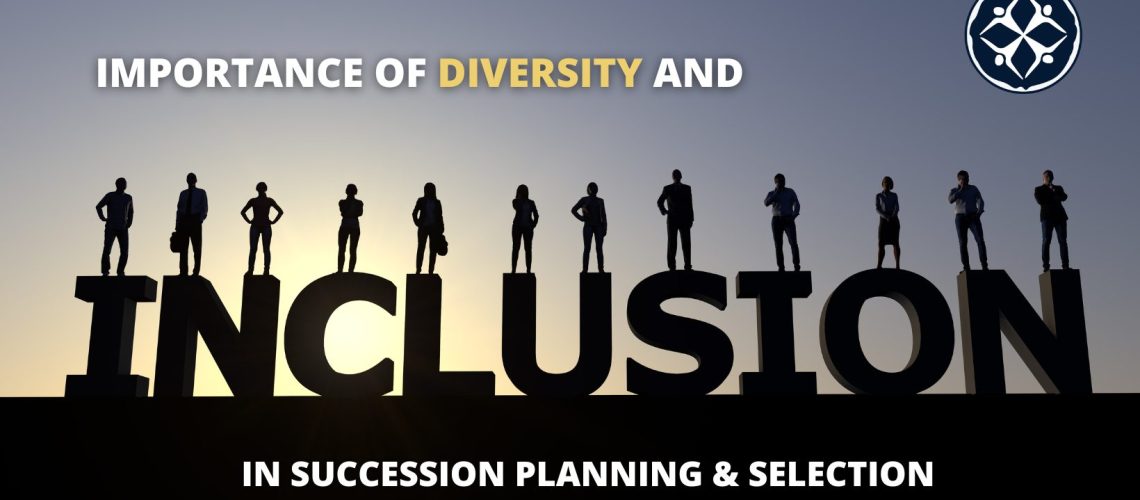In recent years, there has been a growing emphasis on diversity and inclusion in the workplace. As companies recognize the importance of having a diverse workforce, they are also starting to understand the crucial role that diversity and inclusion play in succession planning and leadership development.
Succession planning is the process of identifying and developing potential successors for key positions in an organization, while leadership development refers to the ongoing process of developing the skills, knowledge, and abilities of leaders within an organization. Both of these processes are critical to the long-term success of any organization, and diversity and inclusion should be key considerations in each.
Why is diversity and inclusion important in succession planning and leadership development?
Diverse ideas
First, diverse perspectives and experiences can bring new ideas and innovation to an organization. When leaders are selected solely based on their technical skills or seniority, the organization may miss out on new ideas and ways of thinking that could lead to growth and development.
Better understand customer needs
Diversity and inclusion can help organizations better understand and serve their customers and clients. If an organization’s leadership team is not diverse, they may not be able to understand the needs and perspectives of all of their customers, potentially leading to lost business opportunities.
Employee engagement and retention
Finally, diversity and inclusion are critical for employee engagement and retention. Employees who feel valued and included in their workplace are more likely to stay with their employer long-term. They are likely to be more engaged in their work, leading to improved productivity and results for the organization.
There are many examples of companies that have successfully integrated diversity and inclusion into their succession planning and leadership development processes. One example is Johnson & Johnson, which has a diversity and inclusion scorecard that is used to measure the diversity of its leadership teams. Another example is Microsoft, which has a dedicated Diversity and Inclusion program that includes training, mentoring, and networking opportunities for employees.
Why is diversity and inclusion hard to achieve?
Diversity and inclusion are not always easy to achieve due to human bias. Human beings have natural tendencies to favor people who look, act, and think like themselves, which can make it challenging to create a diverse and inclusive workforce. Additionally, unconscious biases can also influence decision-making, making it difficult to recognize and address areas where diversity and inclusion may be lacking. It is essential for organizations to acknowledge the existence of bias and actively work to combat it using technology such as AI. Organizations now use machine learning to conduct leadership assessments and develop leadership development programs that are based on facts and data instead of intuition.
In conclusion, diversity and inclusion are critical components of any successful succession planning and leadership development process. Organizations that prioritize diversity and inclusion in these processes will be better positioned to innovate, serve their customers, and retain top talent. By embracing diversity and inclusion, organizations can create a culture of inclusivity that benefits everyone involved.
Looking to remove the bias from succession planning and selection?
Our AI enabled SuccessionNav is a succession planning tool that is based on data and logic instead of intuition. Fill the key positions of your organization with the right leadership using SuccessionNav.

